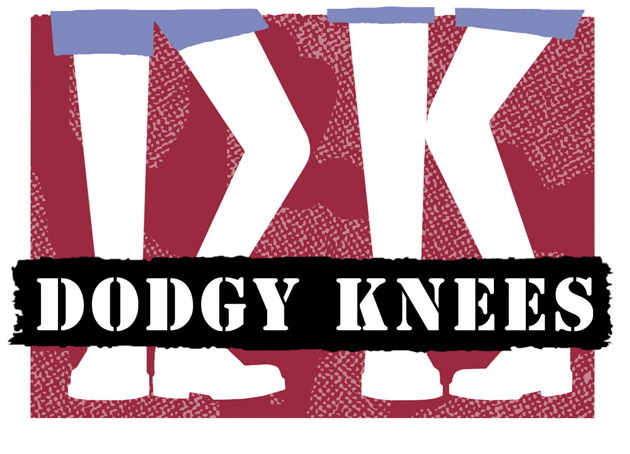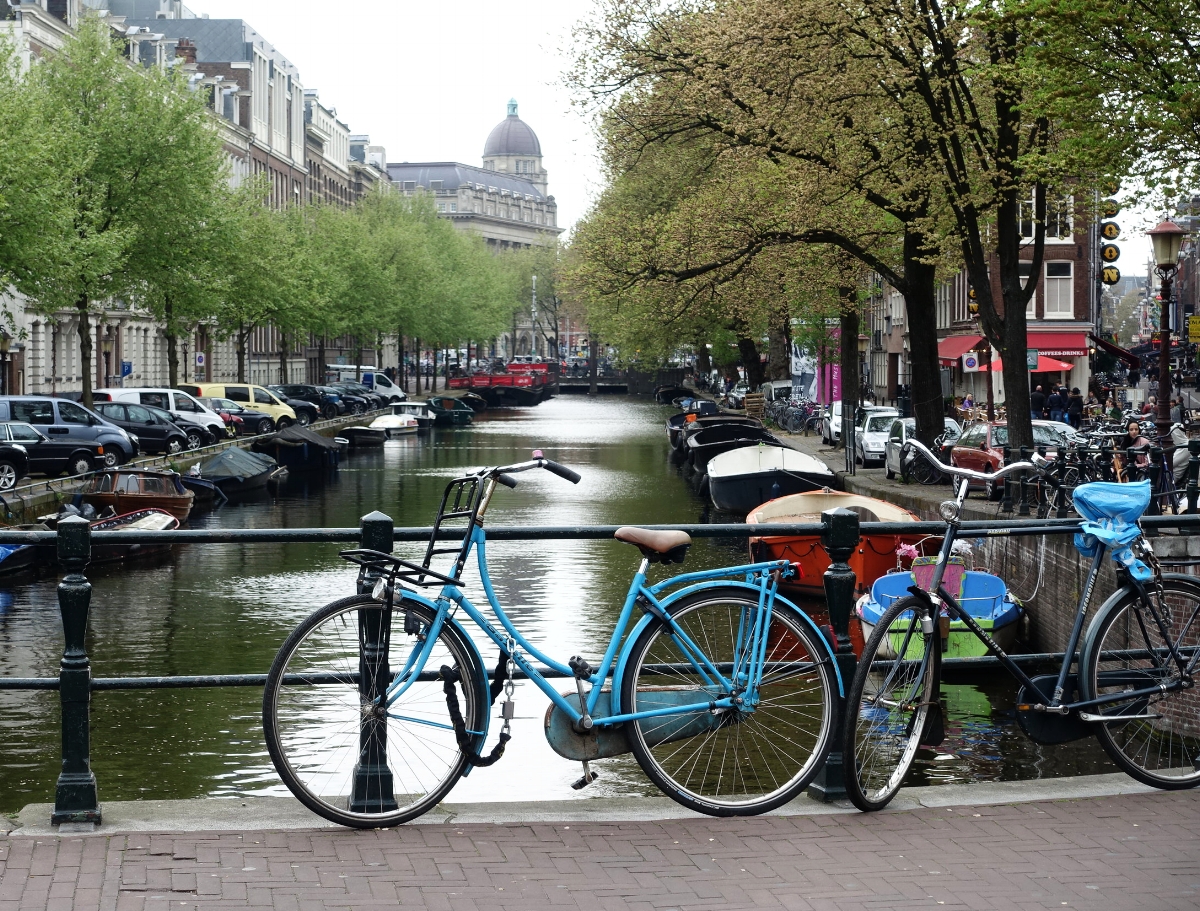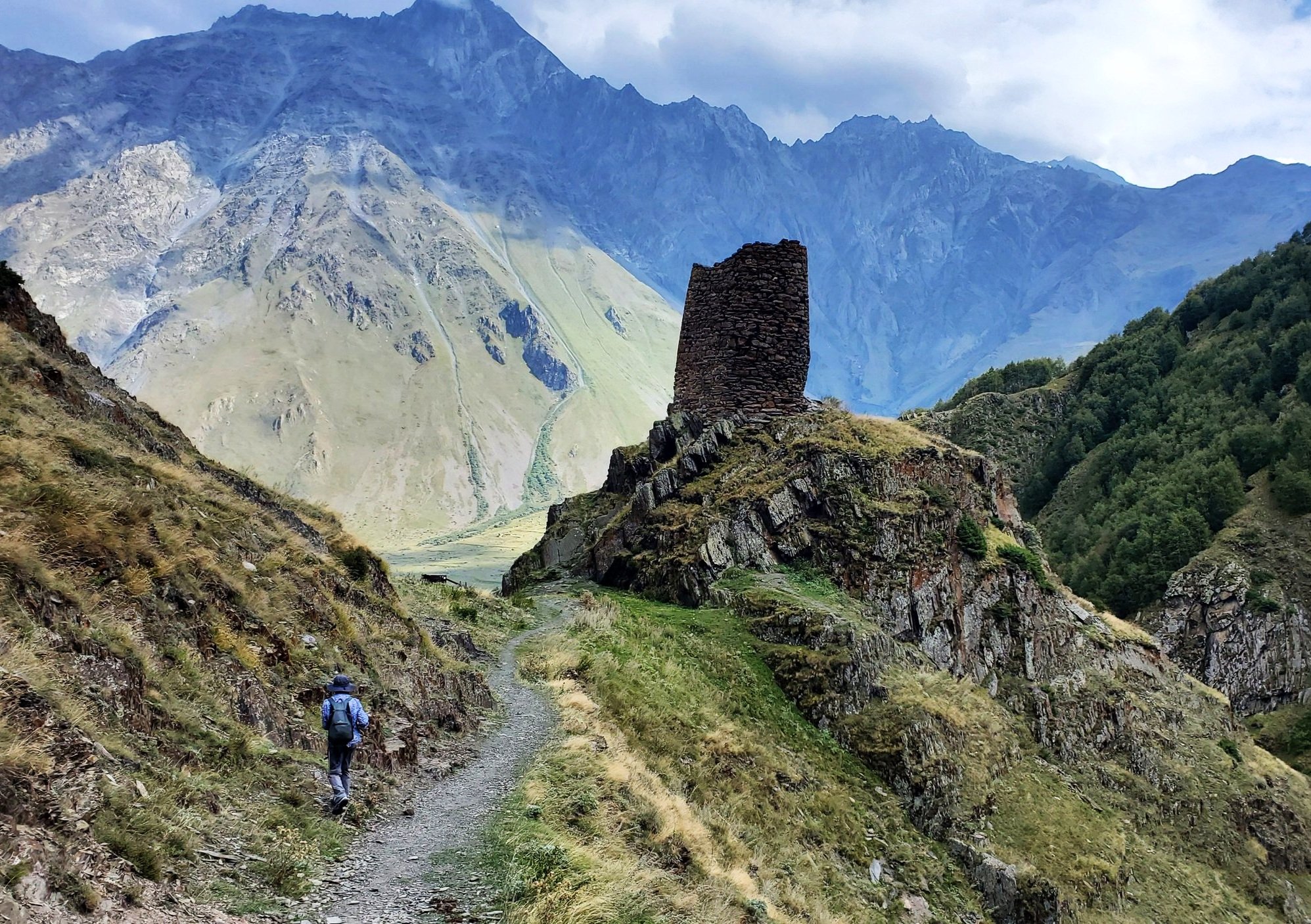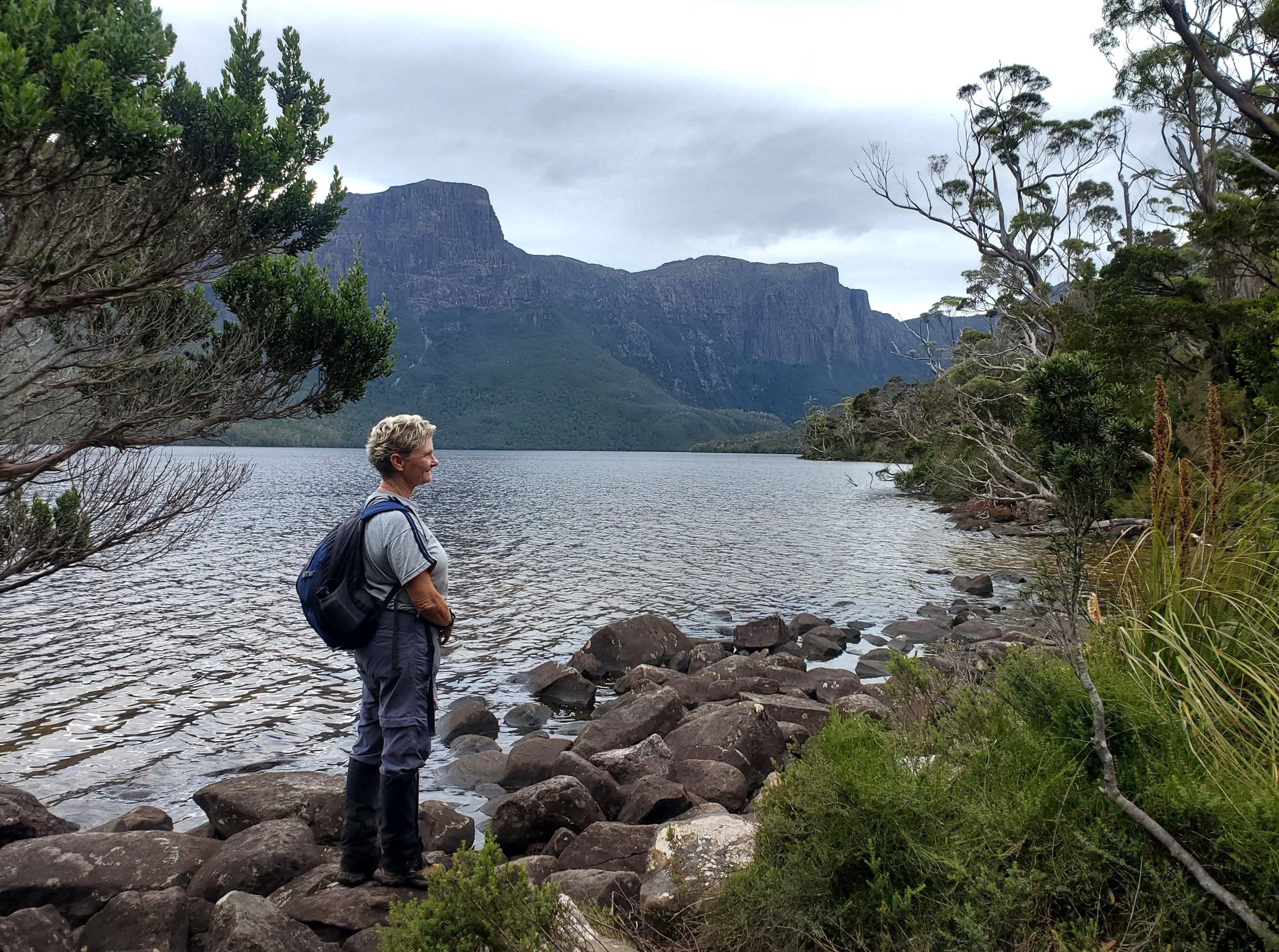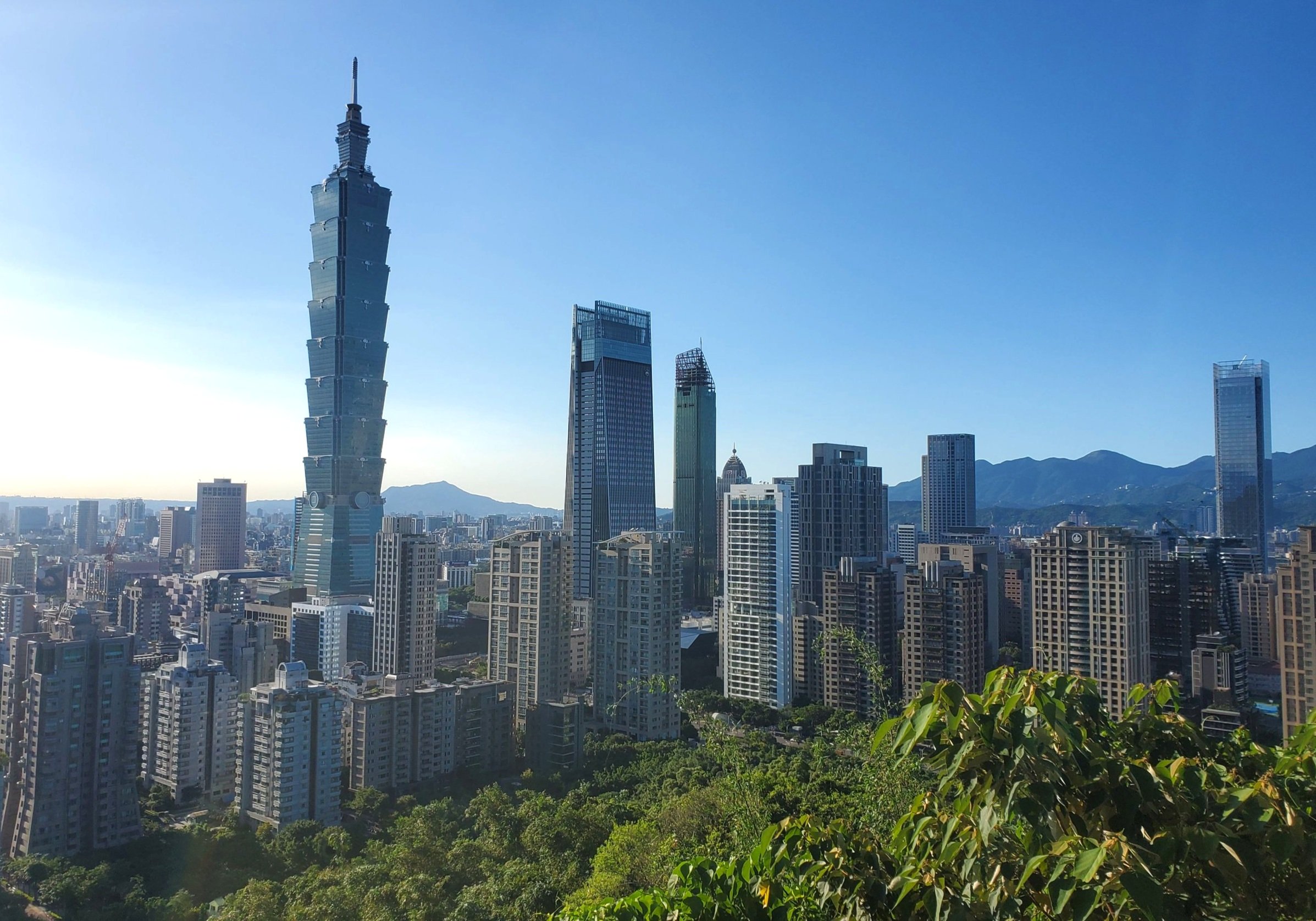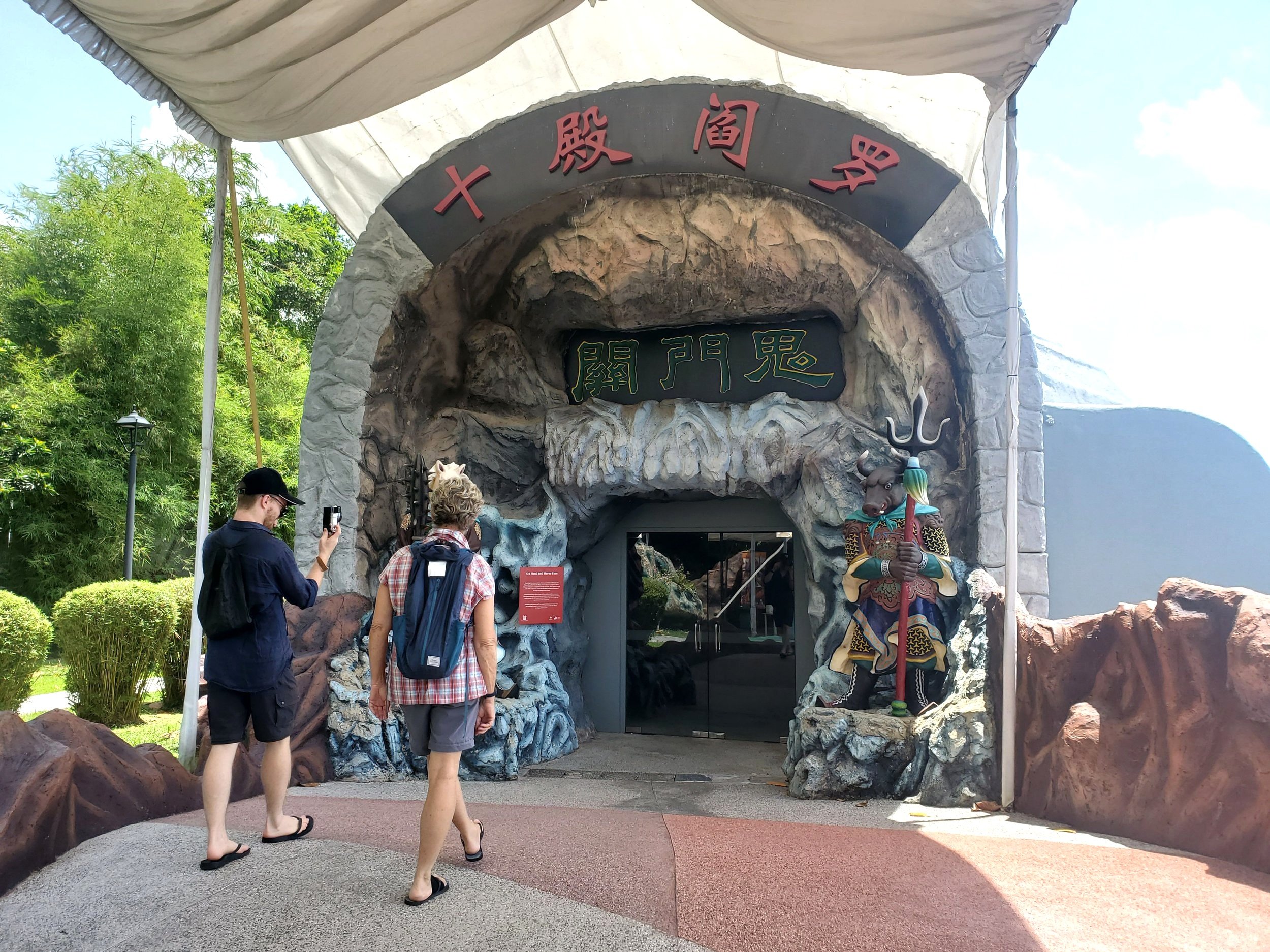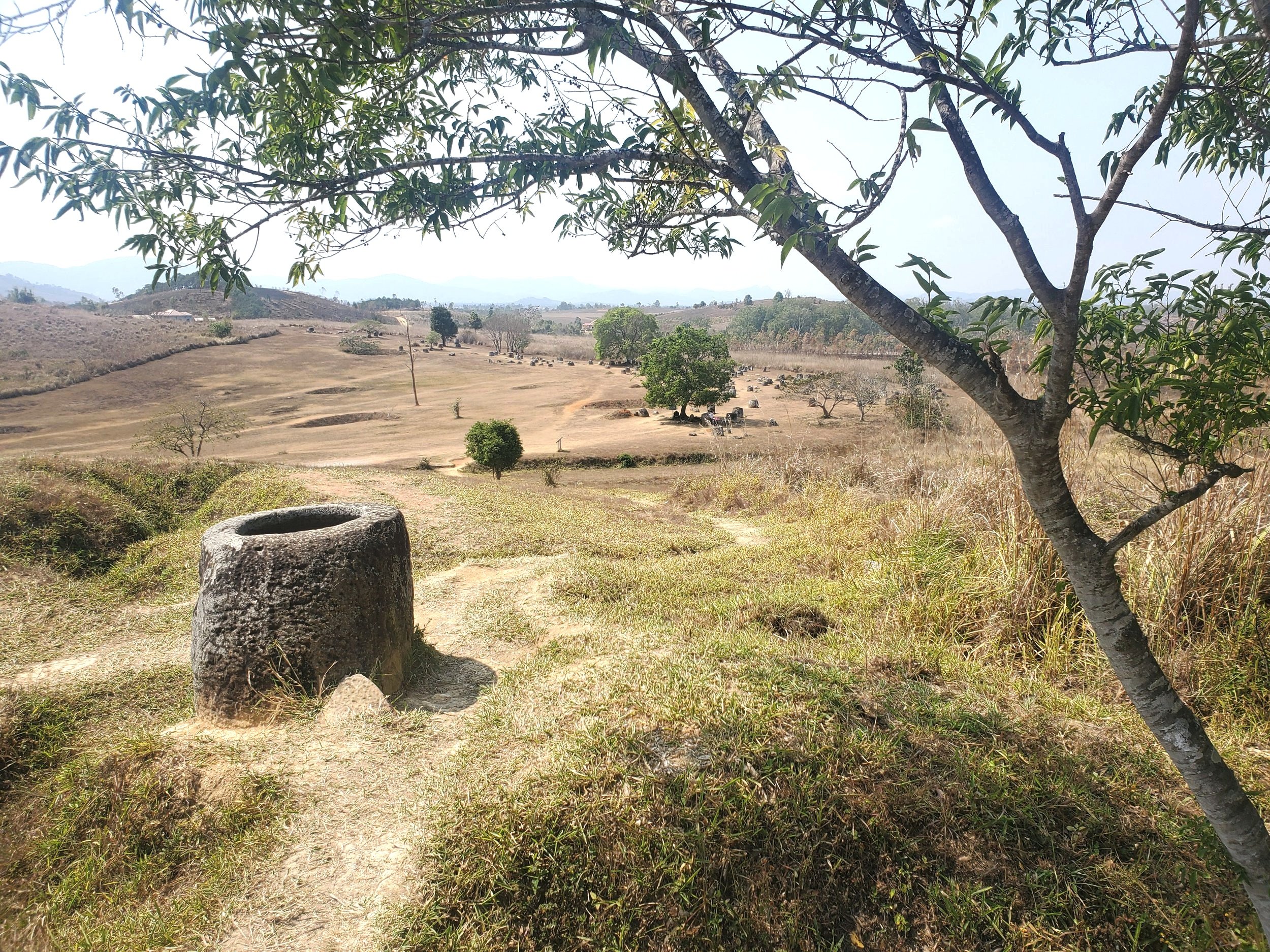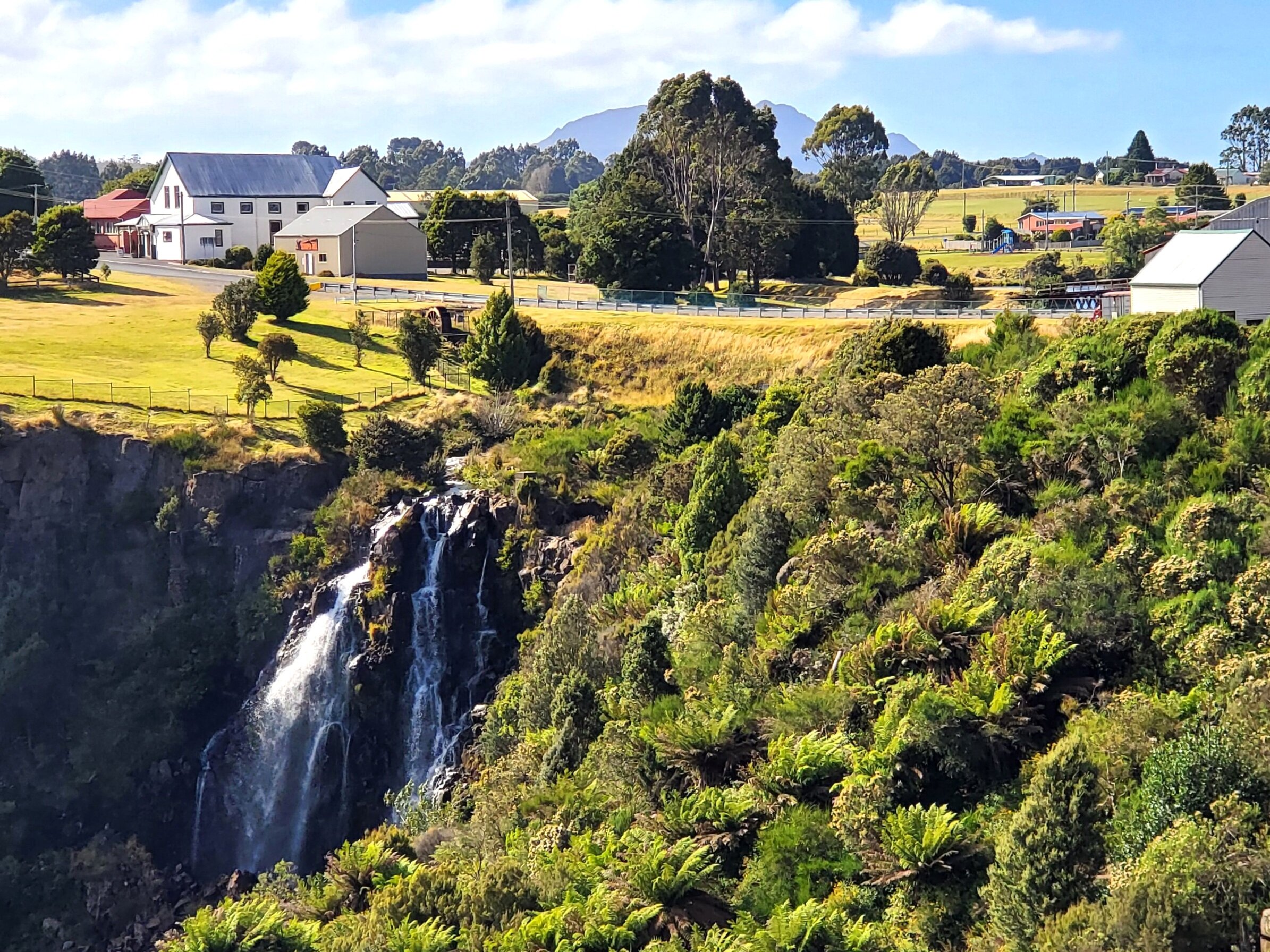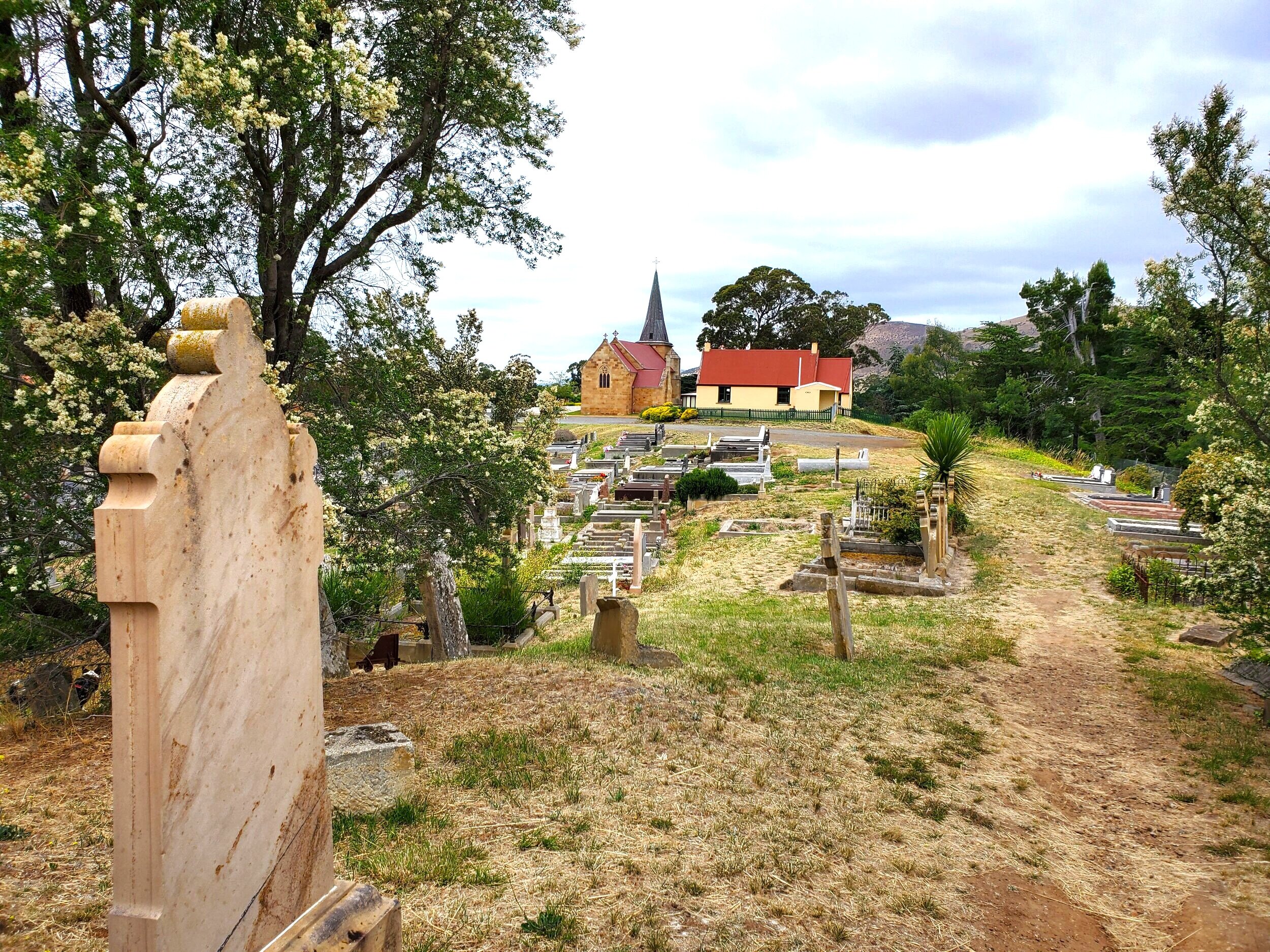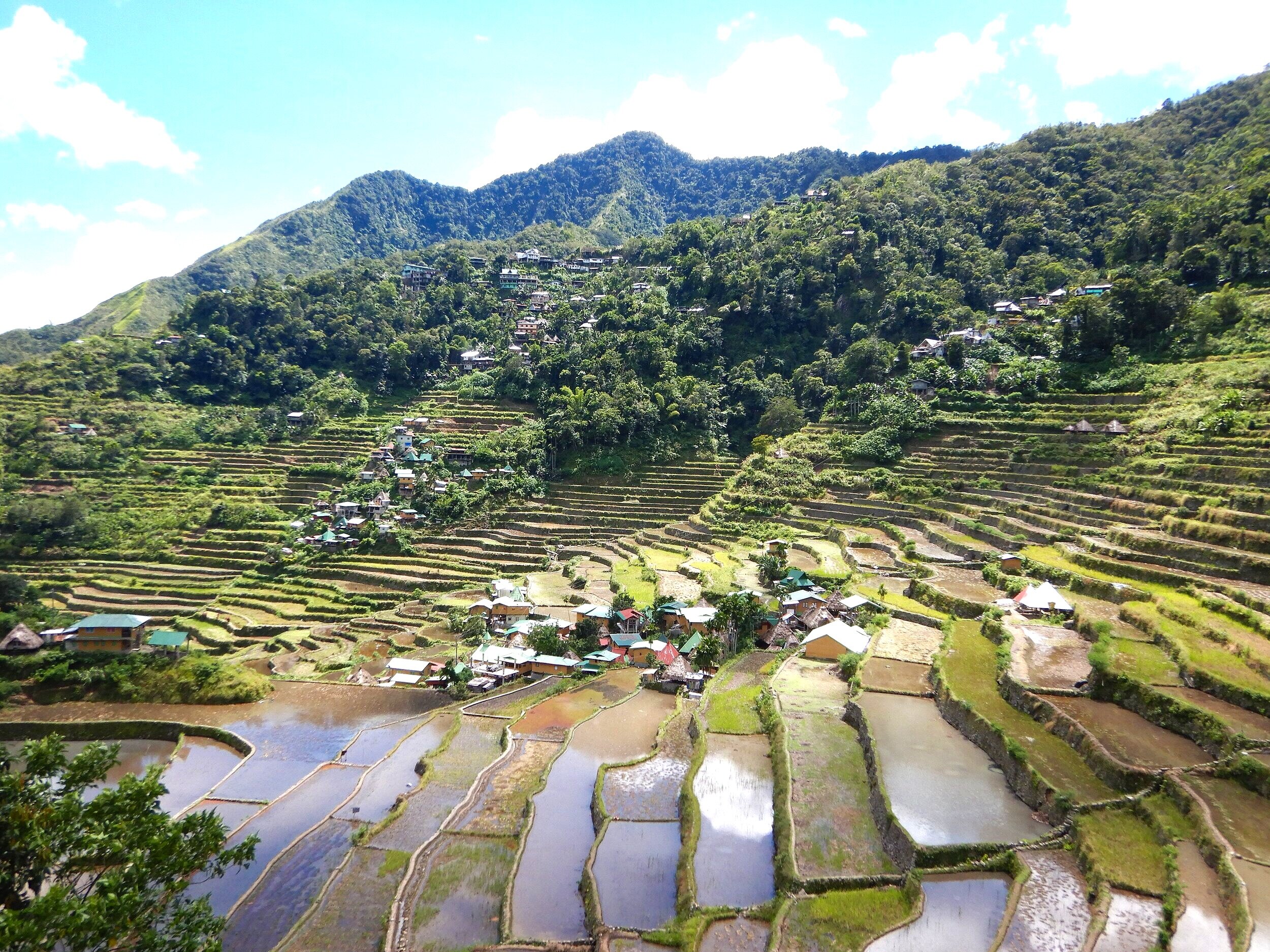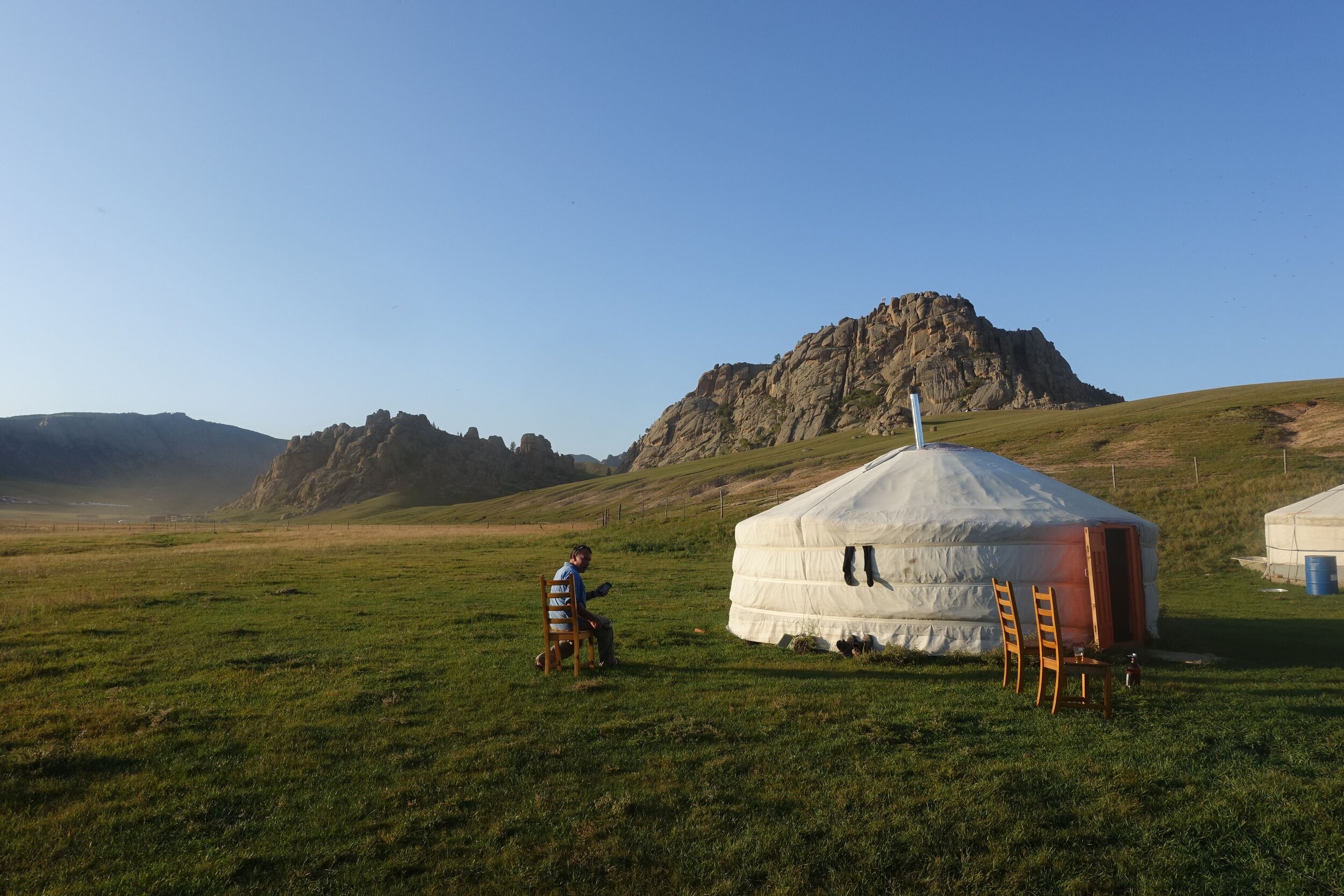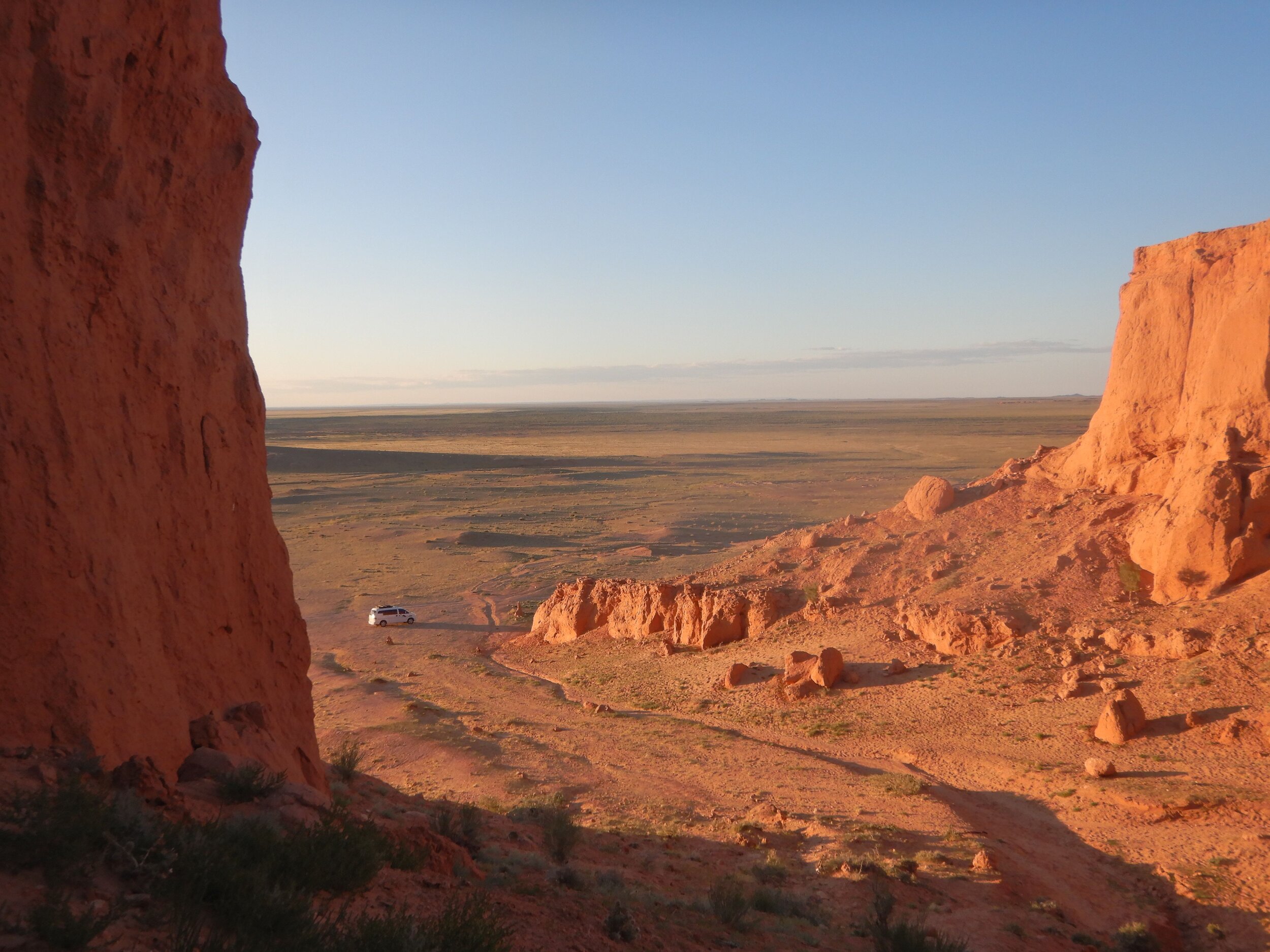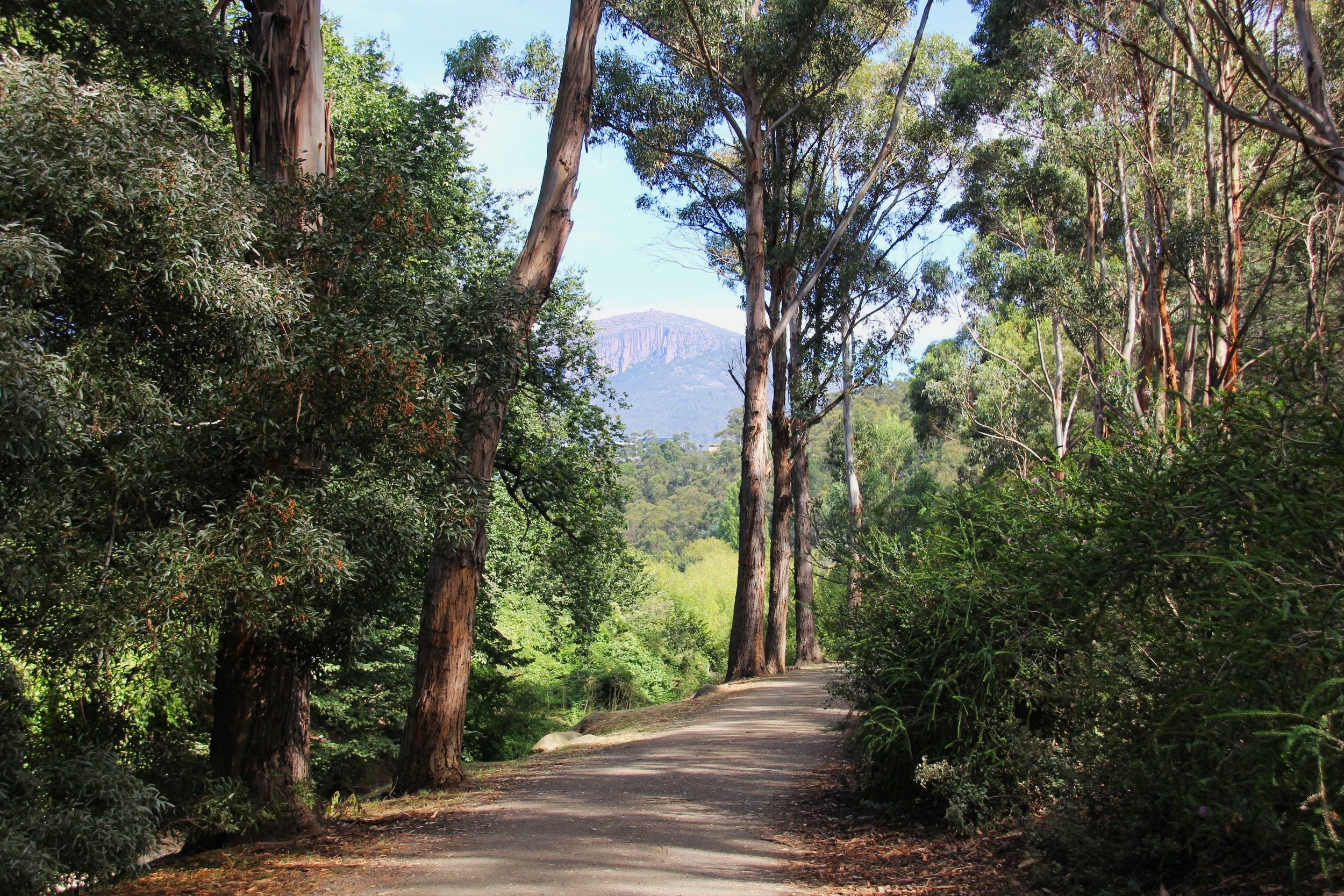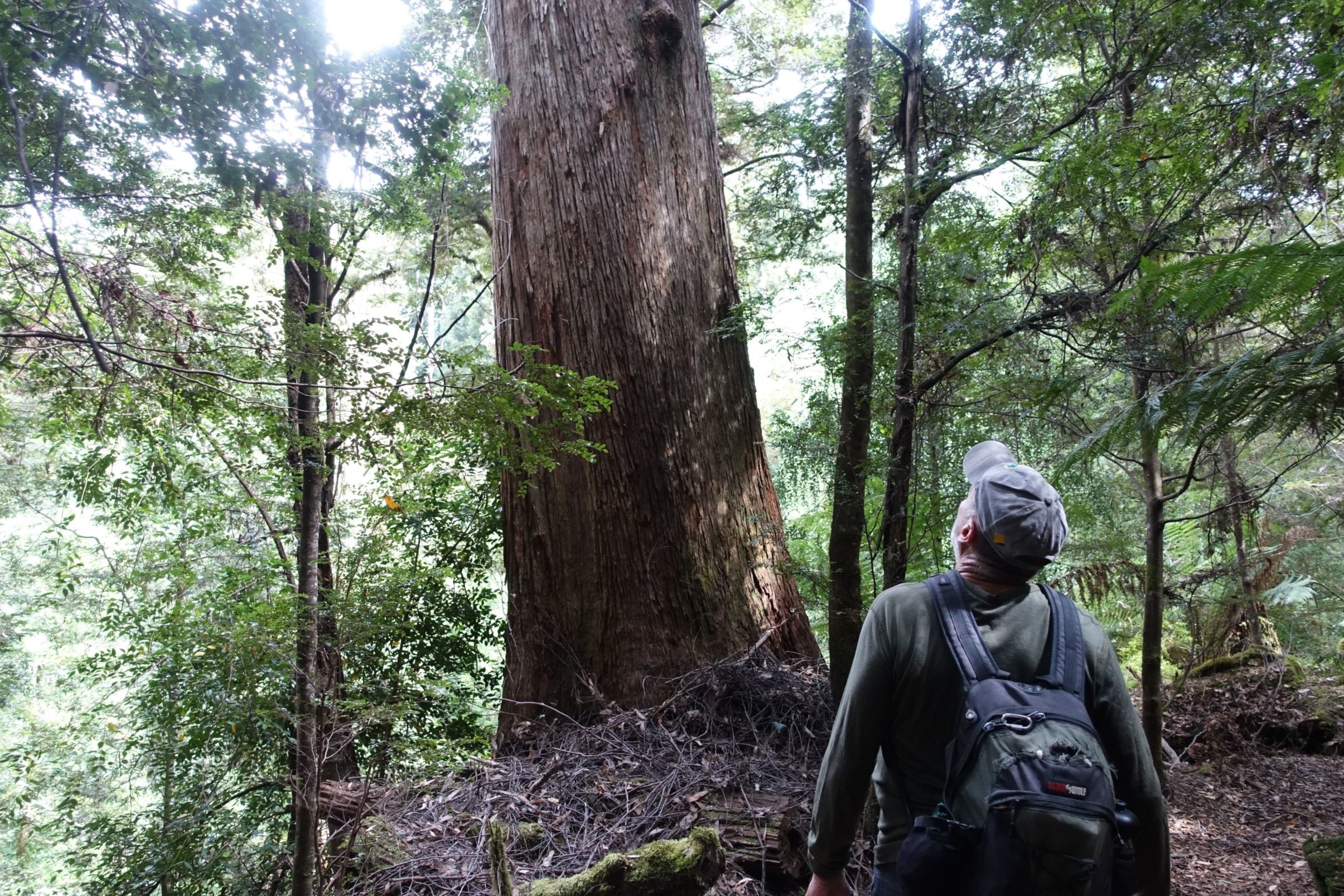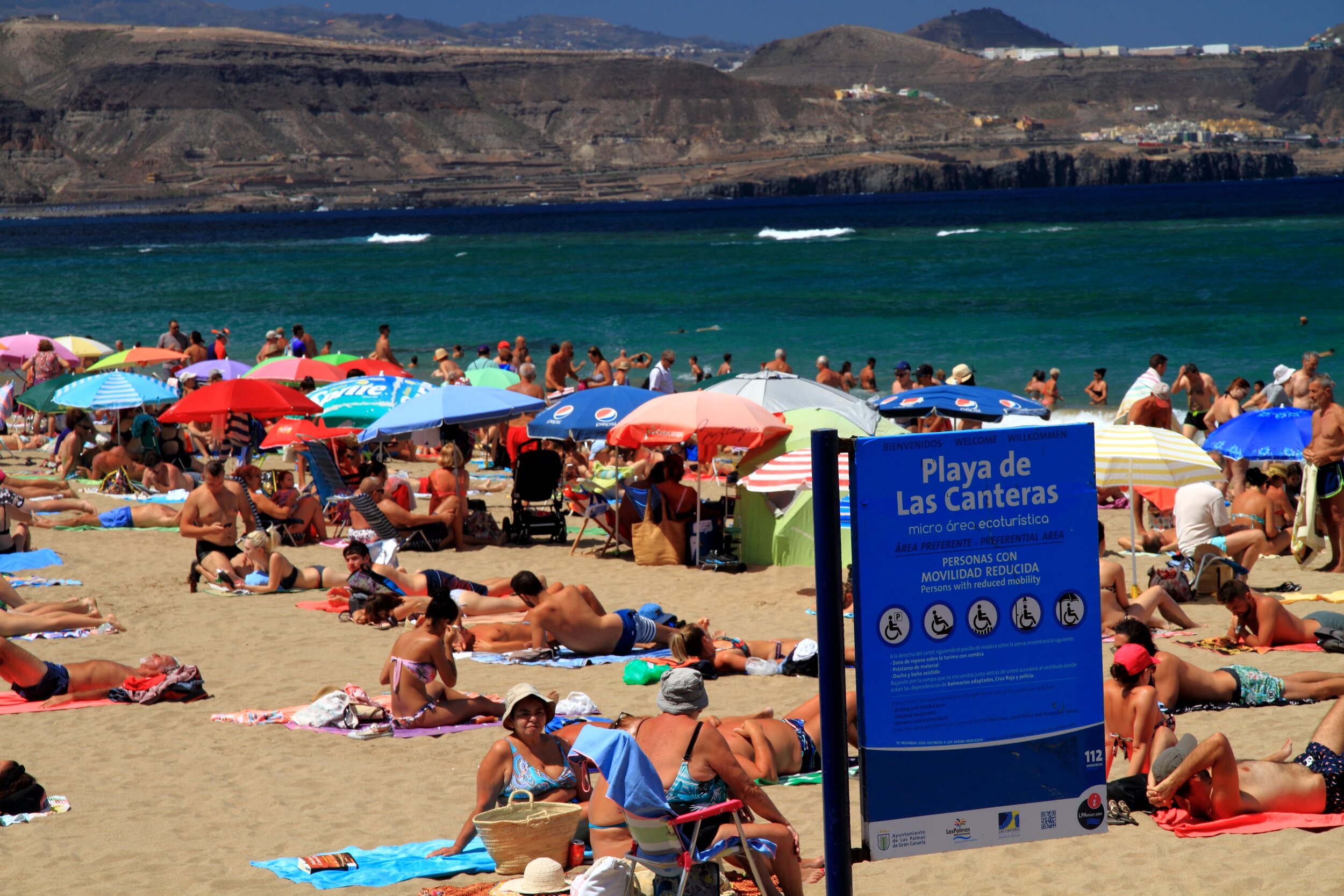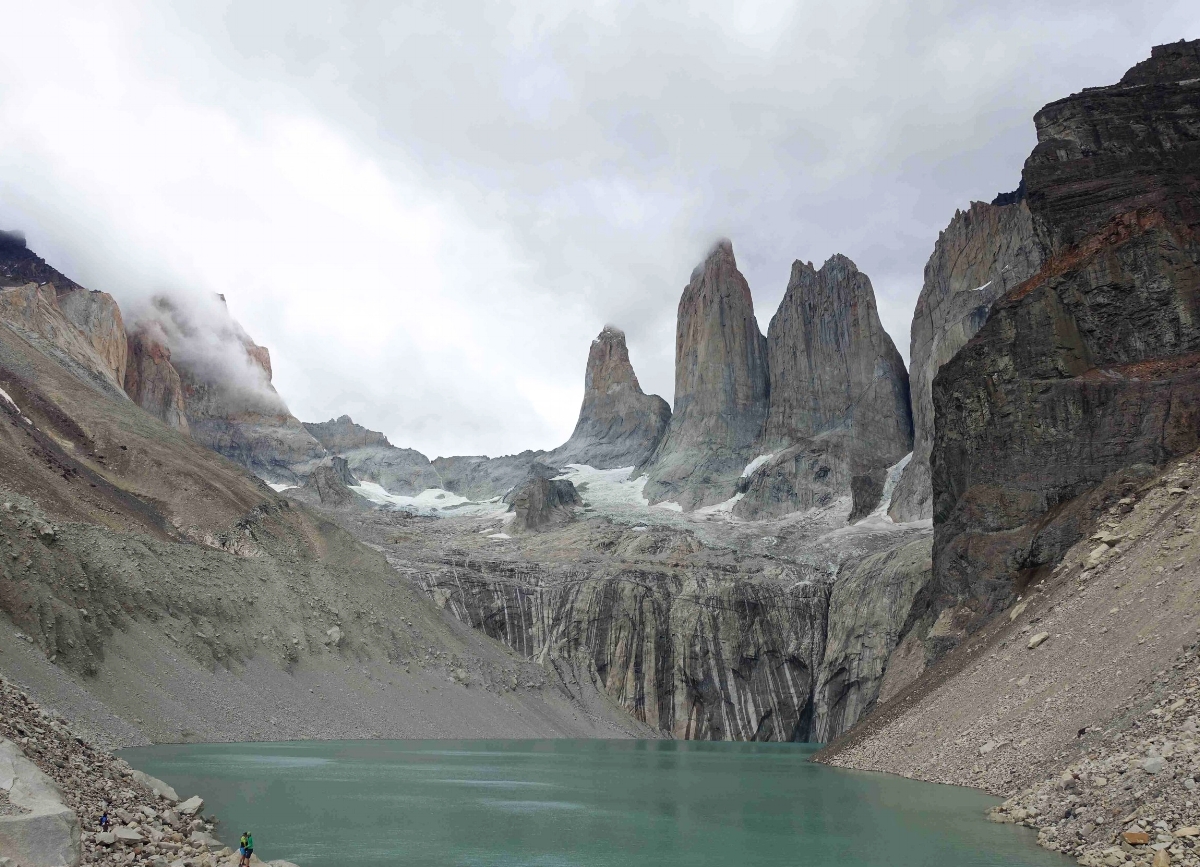A Circuit of Iceland
/husavik north iceland
In May/June 2013 we spent 10 days circumnavigating Iceland. There were three of us – Cally and I and my brother Pete.
pete and ken
We chose to travel at that time of year as the weather is starting to warm up (average daily maximums were between 12 and 15 degrees during our trip) but the large numbers of tourists that are increasingly visiting Iceland each summer have not yet arrived.
Iceland has Europe’s biggest and most spectacular waterfalls and in late spring are in full throttle.
gullfoss
We flew from London to Reykjavik – a flight of around 3 hours.
reykjavik
Because 10 days is a relatively short period of time we decided to get some local assistance to organise the trip. We used a local travel company Iceland Unlimited who were very good. We told them that we wanted to do a circuit and that we had 10 days to do it. They suggested an itinerary, listed places of interest and different accommodation options. We then did our own research and settled on an itinerary.
Harpa - Reykjavik's concert hall and conference centre
Iceland Unlimited also organised the hire car. The road that circumnavigates the country is sealed, so unless you want to get seriously off road to visit the centre of the island (which isn't recommended unless you really know what you're doing and are well prepared) a conventional vehicle is more than adequate.
the blue lagoon
After 2 nights exploring Reykjavik we headed off on our anticlockwise circuit of Iceland. The first few stops were on what is known as the Golden Circle. This small loop, not far from Reykjavik, along with a visit to the famous Blue Lagoon, are Iceland's most popular tourist sites.
pedestrian street reykjavik
leaving reykjavik
We started the Golden Circle at Thingvellir, the site of the world's first parliament, established by the Viking settlers in AD 930.
thingvellir
It is also the spot where the Eurasian and North American tectonic plates meet.
cally between the plates
Next was Geysir, the original hot water spout that gave it's name to this phenomena.
building up
Nowadays the Geysir is not as impressive as it used to be, but next door is the geyser Stokkur which blasts 15-30 metres into the air every 6 minutes or so.
goin' off
The third and final major stop on the Golden Circle was Gullfoss, Iceland's most famous waterfall (foss is Icelandic for waterfall). It has two cascades in it's 32m drop.
gullfoss
heading east along the south coast road
We overnighted at a little hotel on the south coast near the famous Eyafjallajokull volcano which wreaked havoc with European air traffic a couple of years ago.
eyafjallajokull is out there somewhere
our accommodation first night out of reykjavik
southern iceland
The trip along the south coast road was truly spectacular: moody black sand beaches with thundering surf; a succession of waterfalls cascading off the plateau that parallels the road on the inland side; the Vatnajokull permanent ice-sheet with it's glaciers; and Jokulsarlon Lagoon with it's blue icebergs and resident seals (the lagoon was frozen for the high speed car chases over the ice in the 2002 Bond film, Die Another Day). We then overnighted near the town of Hofn.
south coast
there are waterfalls all along the south coast road
vatnajokull
jokulsarlon lagoon
Heading up the east coast the fjords are rugged and beautiful with the occasional, hardy Icelandic village putting in an appearance. We overnighted at Egilsstadir.
eastern iceland
boathouse egilsstadir
The next leg included a diversion to Dettifoss, which is probably Iceland's most spectacular waterfall. It is 44m high and the volume of water that runs over it is massive – the greatest volume in Europe.
road into dettifoss
We were lucky in that the road into Dettifoss had only just recently been opened due to the clearing of the snow covering it through the long Icelandic winter.
dettifoss
From there it was on to Lake Myvatn, a walk around a volcanic rim, and a visit to the lava fields of Dimmuborgir before arriving at our guesthouse just outside of Laugar.
lunch, lake myvatn
on the volcano rim
dimmuborgir
We stayed here two nights as we wanted to do a day trip to the north coast town of Husavik for whale watching.
husavik
This turned out to be a great day with fantastic weather, in an amazing setting and plenty of whales were spotted.
whale spotting outfits
Unfortunately the photos don't do it justice - whales are tricky things to photograph.
yes, its a whale
Next stop was Akureyri, Iceland's second city, but still with only a modest population of 16,500. An easy place for a stroll (weather permitting).
Akureyri pedestrian street
viking women have amazing strength
Last stop was the Snaefellesnes Peninsula on the Western side of the island. On the way we stopped to see the very unusual Hraunfossar which is a cascading waterfall that is overlaid by an ancient lava flow.
hraunfossar
There is a lot of geothermal activity in this region and we were surprised to find roadside stalls selling fresh tomatoes. Iceland grows a lot of it's own vegetables in glass houses kept warm by geothermal energy.
At Snaefellesnes we stayed on the southern side of the peninsula at Hellnar. Here the sea bird colonies provided a constant noisy backdrop while nesting on the dramatic cliffs.
hellnar
Finally, it was back to Reykjavik and a visit to the Blue Lagoon before departing.
driving back to Reykjavik from the North West
beer o'clock in the blue lagoon
Iceland is truly a unique destination – the geologically young, wild volcanic landscape contrasts impressively with glaciers, pounding waterfalls and icebergs, and inhabited by a hardy people with a fascinating culture and history.
Ken
